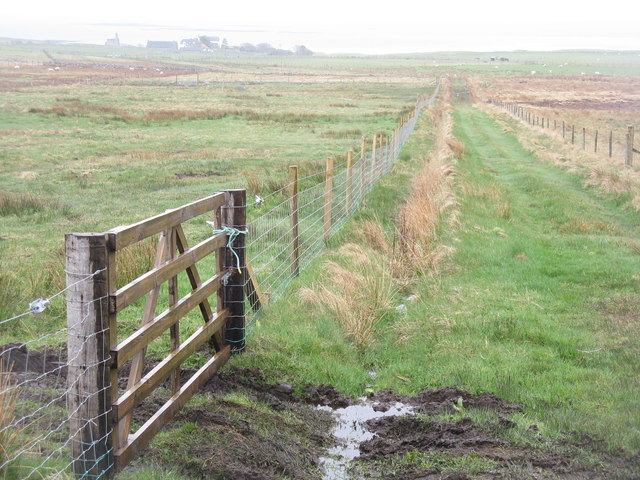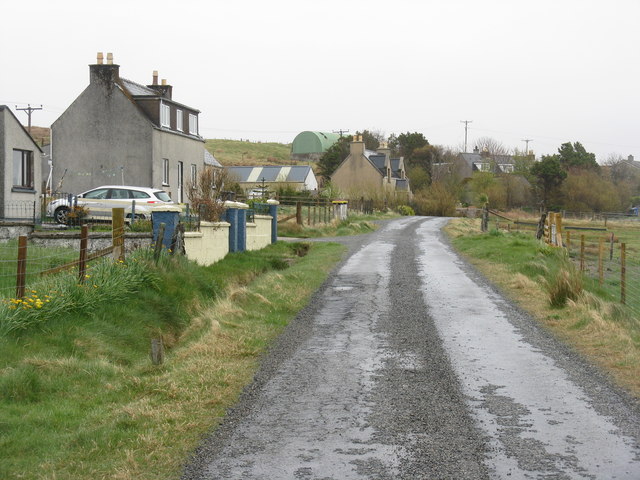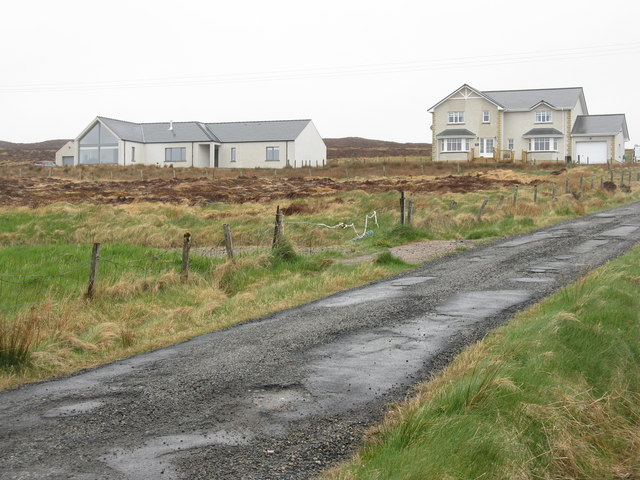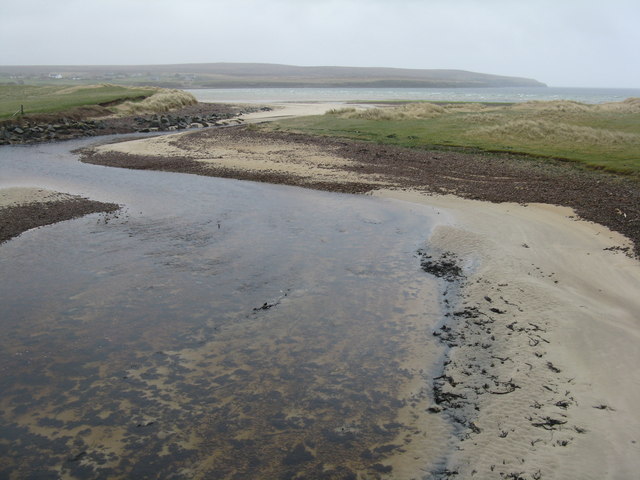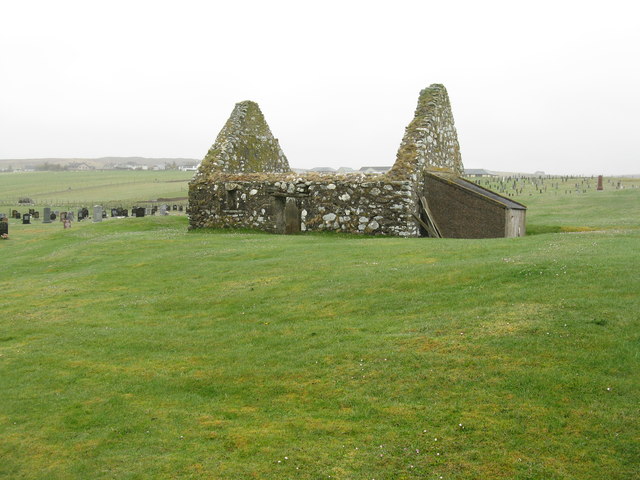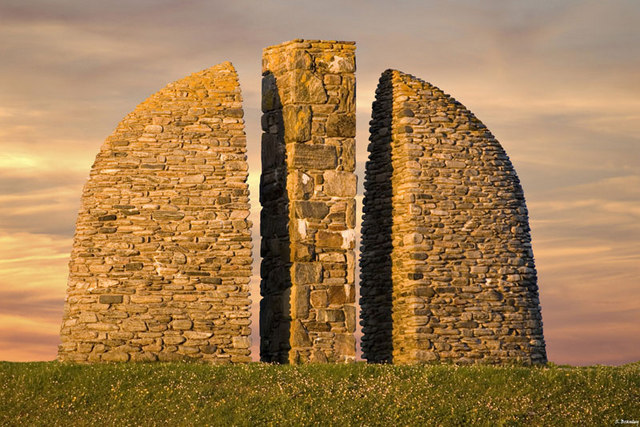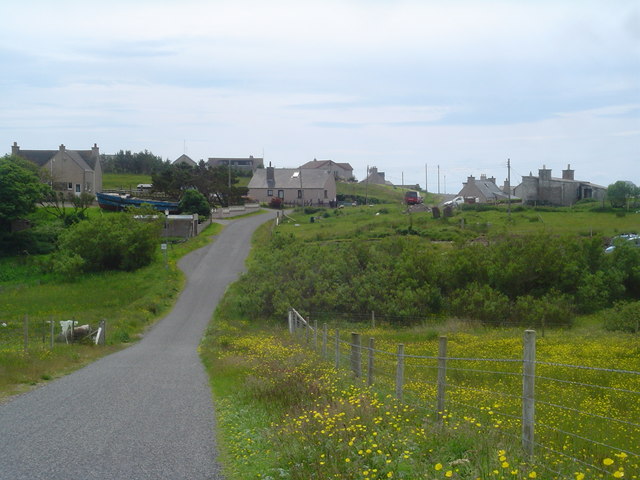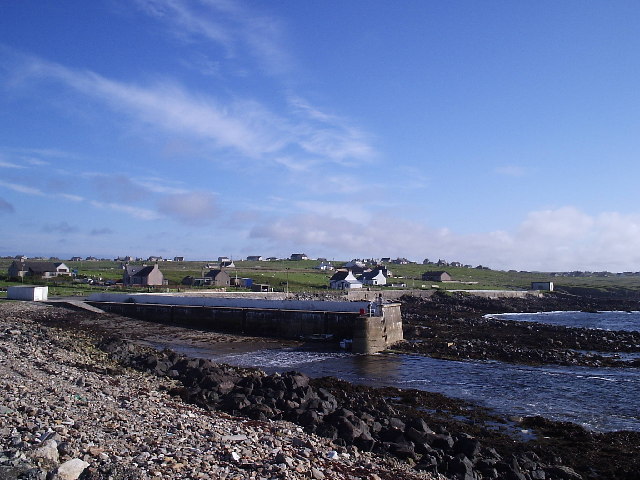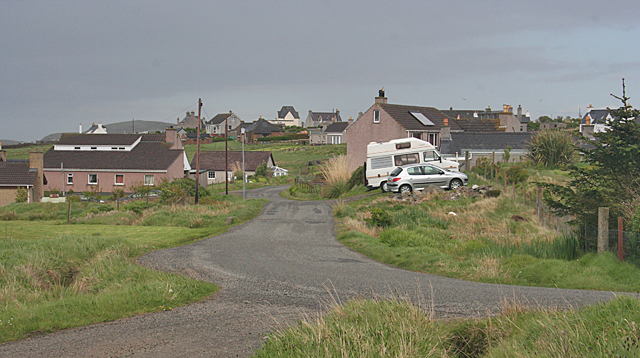Cladach Fada
Coastal Feature, Headland, Point in Ross-shire
Scotland
Cladach Fada
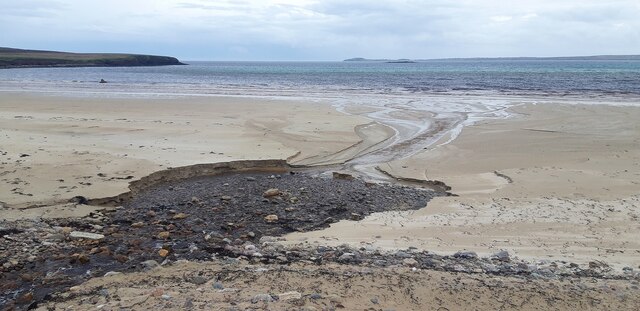
Cladach Fada is a prominent coastal feature located in Ross-shire, Scotland. It is a headland that stretches out into the North Atlantic Ocean, forming a picturesque point along the coastline.
The name "Cladach Fada" translates to "long shore" in Scottish Gaelic, which is fitting given the headland's elongated shape. The headland is characterized by rugged cliffs that drop sharply into the sea, creating a dramatic and awe-inspiring landscape.
The cliffs of Cladach Fada are composed of various types of rock, including sandstone and basalt. Over time, the relentless pounding of the waves has eroded these rocks, forming caves, arches, and other intriguing geological formations. These natural features make Cladach Fada a popular destination for hikers, photographers, and nature enthusiasts.
The headland is also home to a diverse range of flora and fauna. Seabirds such as puffins, gannets, and fulmars can be spotted nesting on the cliffs, while seals and dolphins can often be seen swimming in the waters below. The surrounding coastal waters are teeming with marine life, making Cladach Fada an excellent spot for fishing and diving.
As a coastal feature, Cladach Fada not only offers breathtaking natural beauty but also serves as an important landmark for sailors and navigators. Its prominent position along the coastline makes it a recognizable point of reference, aiding in navigation and maritime activities in the area.
Overall, Cladach Fada is a remarkable headland that showcases the raw power of nature and provides a habitat for diverse ecosystems. Its scenic beauty, geological formations, and abundant wildlife make it a must-visit destination for anyone exploring the coastal wonders of Ross-shire.
If you have any feedback on the listing, please let us know in the comments section below.
Cladach Fada Images
Images are sourced within 2km of 58.292871/-6.264186 or Grid Reference NB5041. Thanks to Geograph Open Source API. All images are credited.
![Roadside Monument I came across three monumental and memorial cairns in a visit to Lewis and Harris, all a tribute to the people who took action to recover their homes and livelihoods in the land struggles between landlords and crofters in the 19th and early 20th centuries.
That to the Grias & Coll Raiders [NB4639], the northernmost of the three, honours the men who suffered in the Great War [1914-18] and were promised land and homes when they returned, but the promises were not honoured. The cairn is built on the site of the confrontation between the crofters of the area and Lord Leverhulme, the owner of Lewis and Harris at the time – he planned to industrialise Lewis and opposed the Board of Agriculture’s proposals to divide farms into crofts for landless families. In March 1919 some of the biggest land raids were at Upper Coll and Cress, and land raids continued throughout Lewis until 1921, when the Coll Raiders, in spite of warnings, raided and took possession of Upper Coll, a township from which their ancestors had been evicted, and distributed the land amongst their landless families. The earthworks represent the forms of trenches and waves, symbols of promises given to ex-servicemen that they would be settled on the land after the war.
The cairn at Aignish [NB4832] commemorates and symbolises the confrontation between the Aignish Raiders and the military on 9 January 1888. The raiders, men and women of Point, were driven beyond endurance by destitution and oppression. Instead of helping, the authorities used the military to try to repel the raiders. The raiders failed to hold the farm and 13 were sentenced to prison, but the episode brought their plight to a wider audience, but it was not until 1905 that the farm was divided into crofts.
At Bailailean [NB2619] the three entrances to the cairn represent the three communities that took part in the Pairc Deer Raid - Pairc, North Lochs and Kinloch. On 22 November 1887 several hundred crofters from the Pairc townships protested at their treatment by their landlords - many townships in the area had been cleared to give more access to land for deer hunting. A large number of deer were killed and a police and marines were sent to quell what was thought to be a full scale rebellion, and the Riot Act was read by the Sheriff at Ruadh Chleit [NB2908]. Six land raiders were arrested, but acquitted at the High Court in Edinburgh in January 1888.
The three monuments were designed by Will McLean in 1994-6 and built by local stonemason Jim Crawford.
Two interesting accounts of the land struggle generally, not just on Lewis and Harris, are ‘Mightier than a Lord’ by Iain Fraser Grigor [1979], Acair Limited, ISBN 0 86152 030 0, and ‘Go Listen to the Crofters’ by A.D. Cameron [1986], Acair Limited, ISBN 0 86152 063 7, although neither specifically cover the events marked by the cairns, which were a little later.
Neil MacGregor [ex-Director of the British Museum] covered the Raiders in his Radio 4 series [episode 5] <span class="nowrap"><a title="https://www.bbc.co.uk/programmes/m0015474," rel="nofollow ugc noopener" href="https://www.bbc.co.uk/programmes/m0015474,">Link</a><img style="margin-left:2px;" alt="External link" title="External link - shift click to open in new window" src="https://s1.geograph.org.uk/img/external.png" width="10" height="10"/></span> broadcast on 11 March 2022, when he visited Lews Castle Museum in Stornoway Museum nan Eilean (Stornoway) <span class="nowrap"><a title="https://www.cne-siar.gov.uk/leisure-sport-and-culture/museum-nan-eilean/museum-nan-eilean-stornoway/" rel="nofollow ugc noopener" href="https://www.cne-siar.gov.uk/leisure-sport-and-culture/museum-nan-eilean/museum-nan-eilean-stornoway/">Link</a><img style="margin-left:2px;" alt="External link" title="External link - shift click to open in new window" src="https://s1.geograph.org.uk/img/external.png" width="10" height="10"/></span>. A modern extension, opened in 2017, contains a feature on the Raiders memorial, but as yet [March 2022] we have no Geograph coverage.](https://s0.geograph.org.uk/geophotos/07/53/12/7531200_2f2d9d8f.jpg)
Cladach Fada is located at Grid Ref: NB5041 (Lat: 58.292871, Lng: -6.264186)
Unitary Authority: Na h-Eileanan an Iar
Police Authority: Highlands and Islands
What 3 Words
///tens.jaundice.masterful. Near North Tolsta, Na h-Eileanan Siar
Nearby Locations
Related Wikis
Gress
Gress (Scottish Gaelic: Griais), a hamlet on the Isle of Lewis in Scotland, is adjacent to the larger village of Back. Gress is within the parish of Stornoway...
Back, Lewis
Back (Scottish Gaelic: Am Bac) is a district and a village on the east coast of the Isle of Lewis in the Outer Hebrides, Scotland, situated on a coastal...
Breivig
Breivig (Scottish Gaelic: Brèibhig) is a village on Lewis in the Outer Hebrides, Scotland. Breivig is within the parish of Stornoway.According to Magne...
Coll, Lewis
Coll (Scottish Gaelic: Col) is a farming settlement near Stornoway, on the Isle of Lewis in the Outer Hebrides, Scotland. Coll is situated on the B895...
Broad Bay, Lewis
Broad Bay (Scottish Gaelic: Loch a Tuath, meaning "north loch") is a bay which is situated on the coast of Isle of Lewis, and separates Back and Point...
North Tolsta
North Tolsta (Scottish Gaelic: Tolastadh bho Thuath) is a village in the Scottish Outer Hebrides, on the east side of the Isle of Lewis. North Tolsta is...
Portnaguran
Portnaguran (Scottish Gaelic: Port nan Giùran) is a settlement situated within Point, on the Isle of Lewis, in the Outer Hebrides, Scotland. Portnaguran...
Flesherin
Flesherin (Scottish Gaelic: Na Fleisirean) is a small village on the Point peninsula of the Isle of Lewis in the Outer Hebrides. Located near Portnaguran...
Have you been to Cladach Fada?
Leave your review of Cladach Fada below (or comments, questions and feedback).
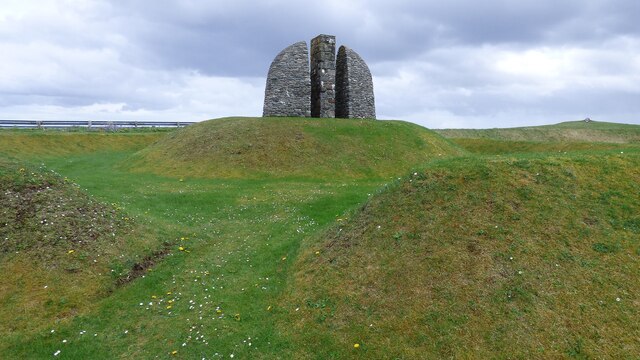
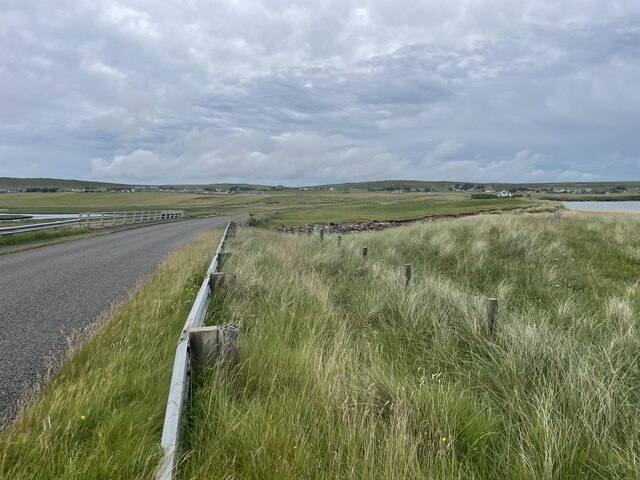
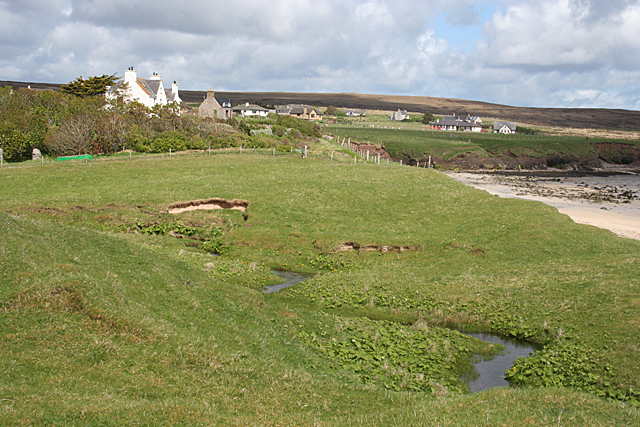
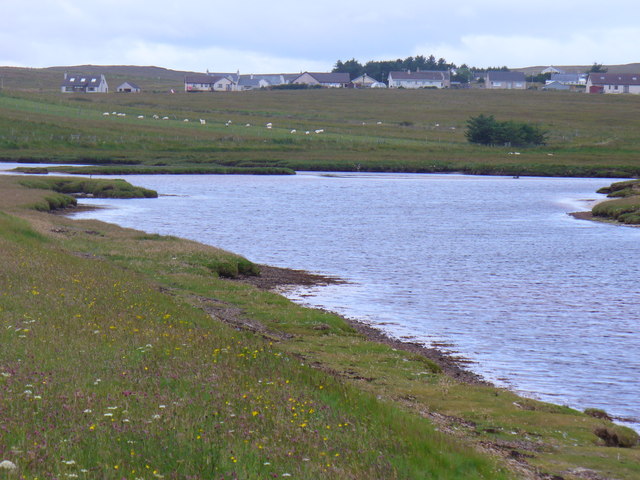
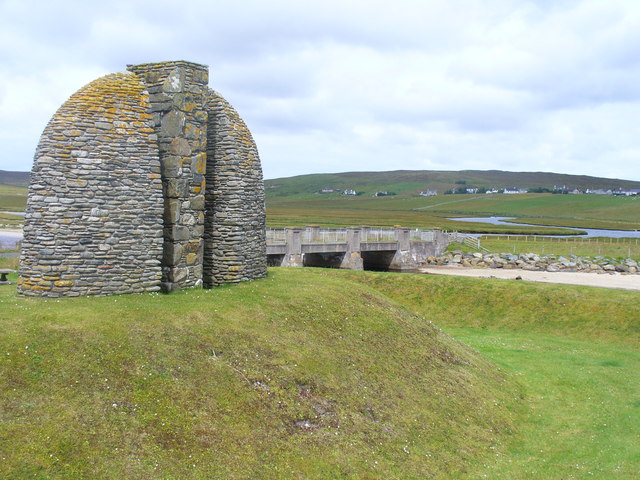
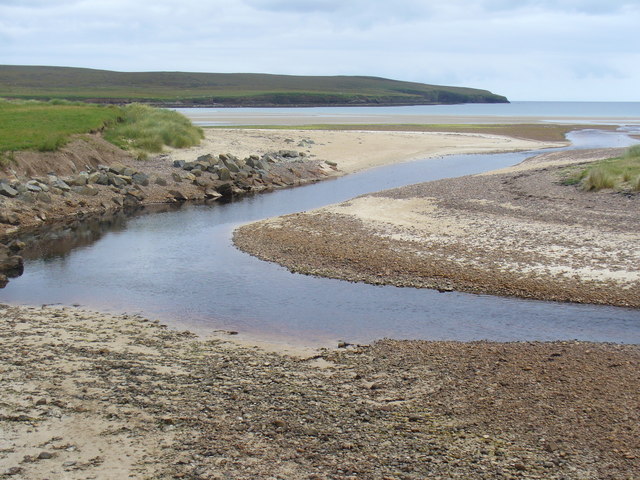
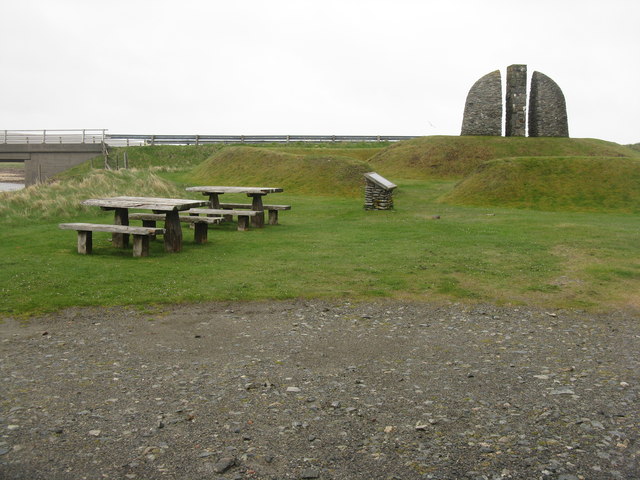
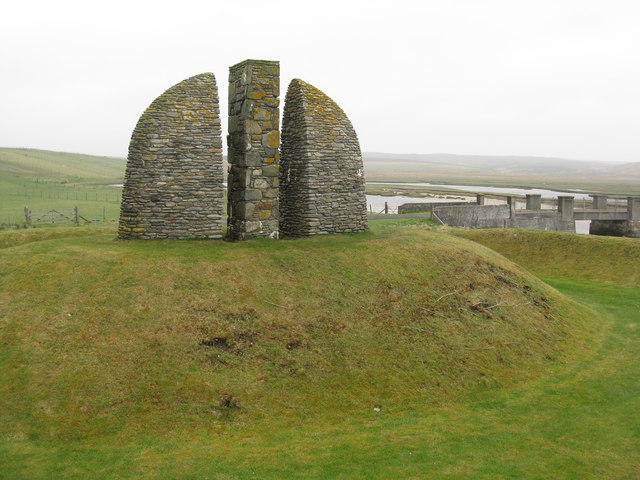
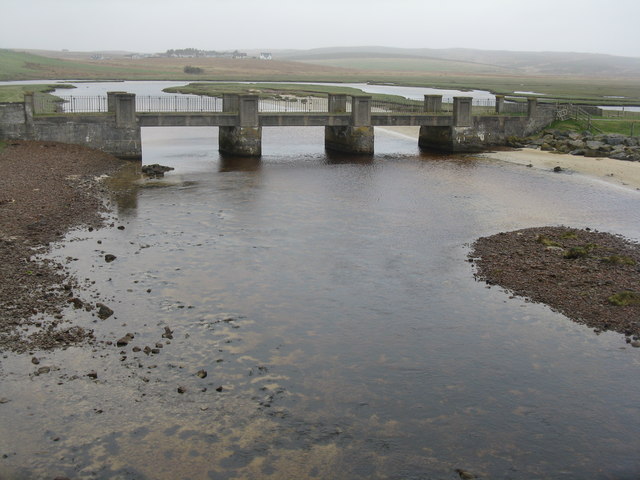
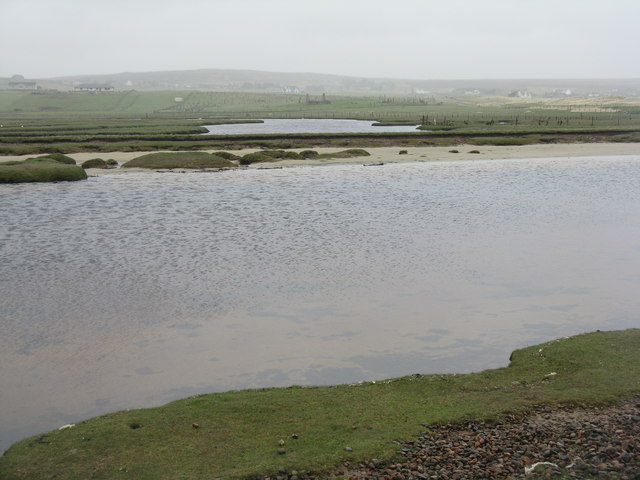
![Bridges over Abhainn Ghriais The nearest one is usable, but the road [B895] now passes across the other one, 60m to the east, just before the river flows into the sea.](https://s0.geograph.org.uk/geophotos/03/46/76/3467672_ebda50ae.jpg)
